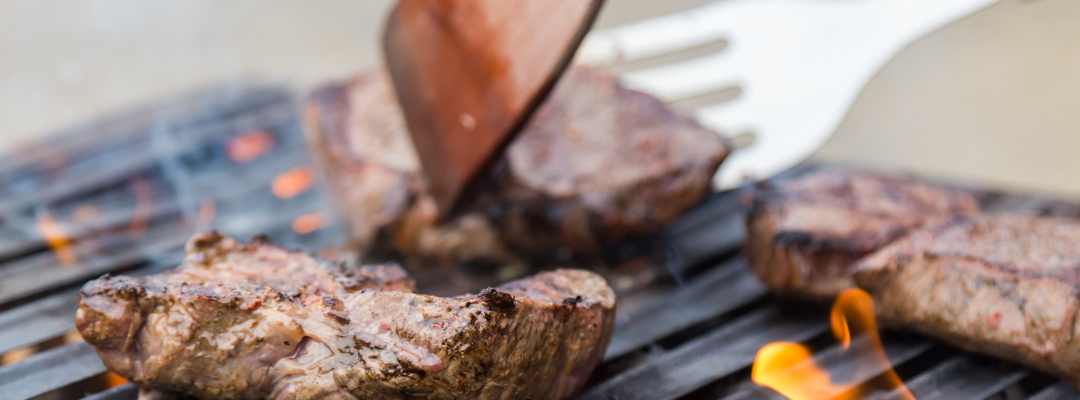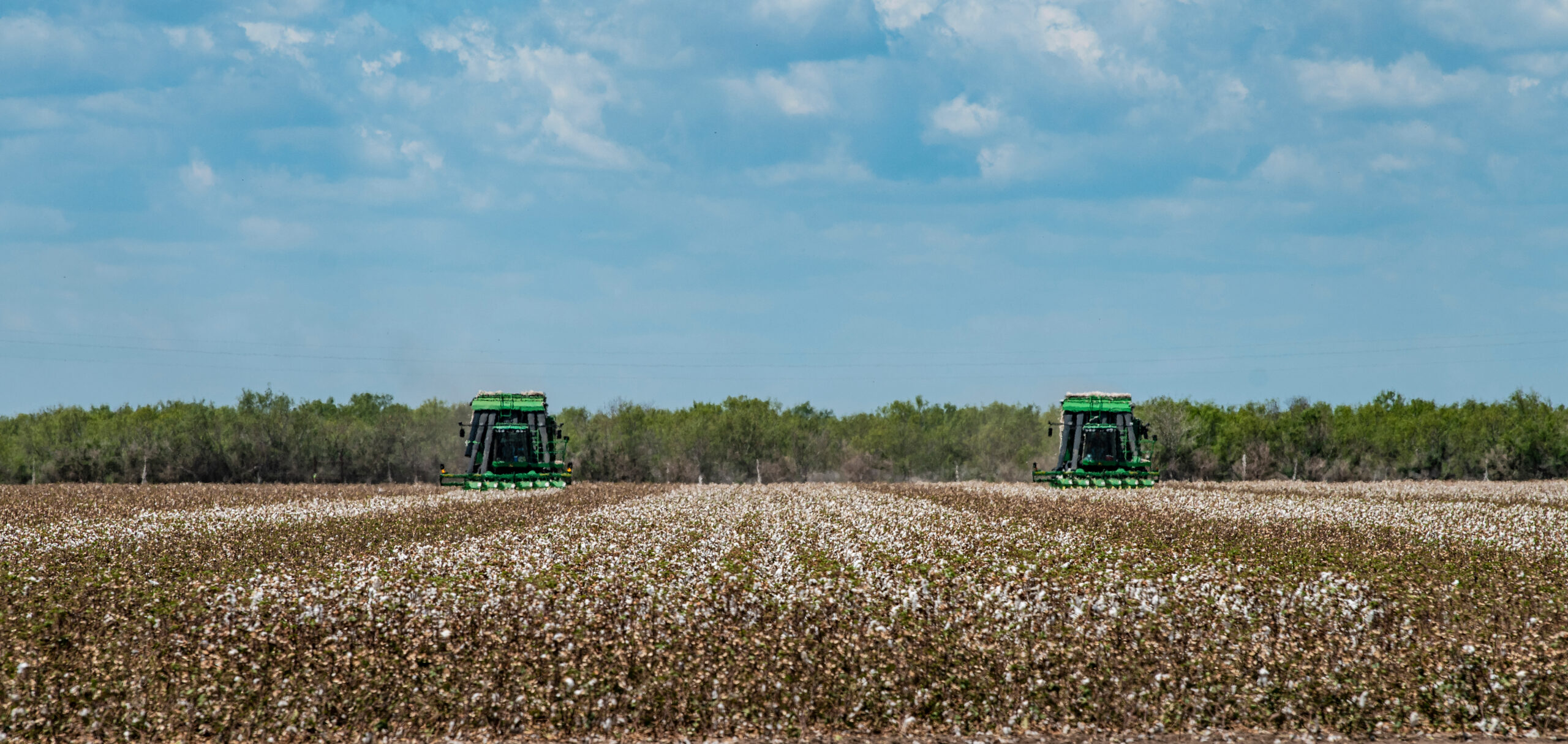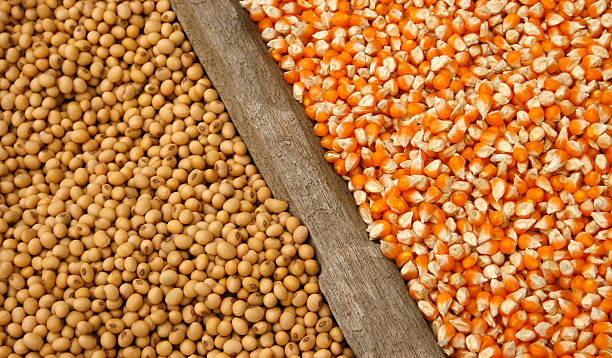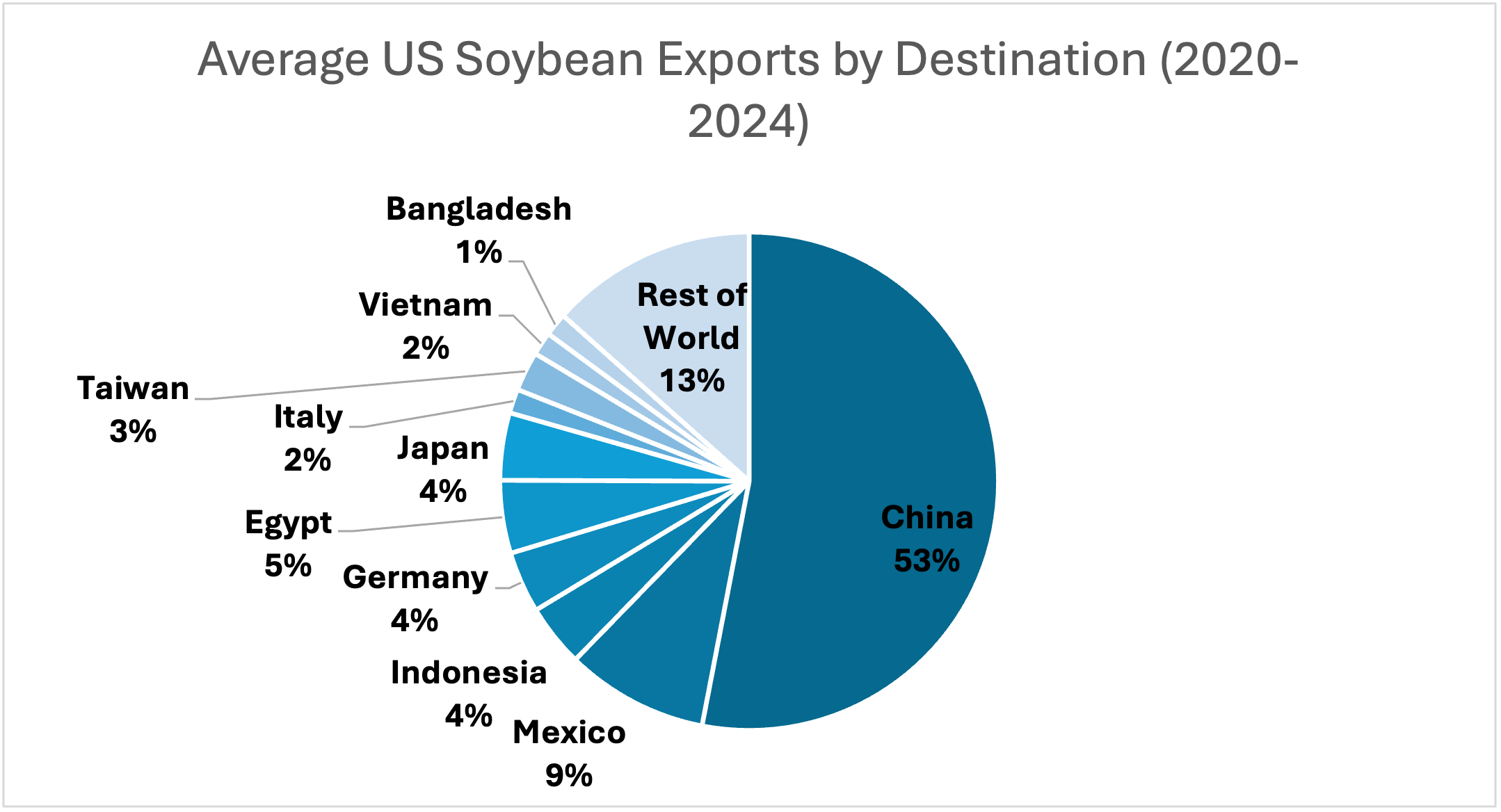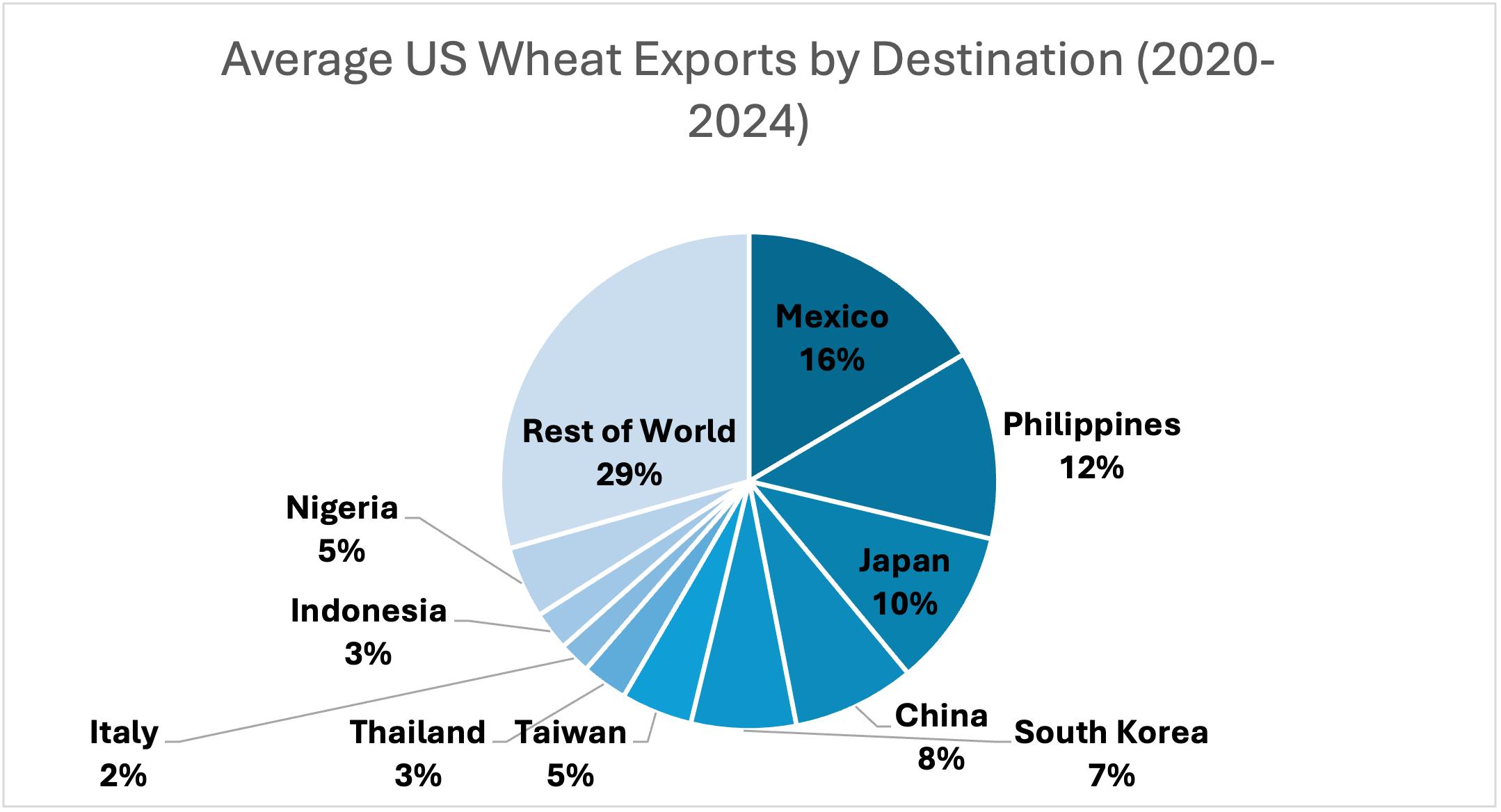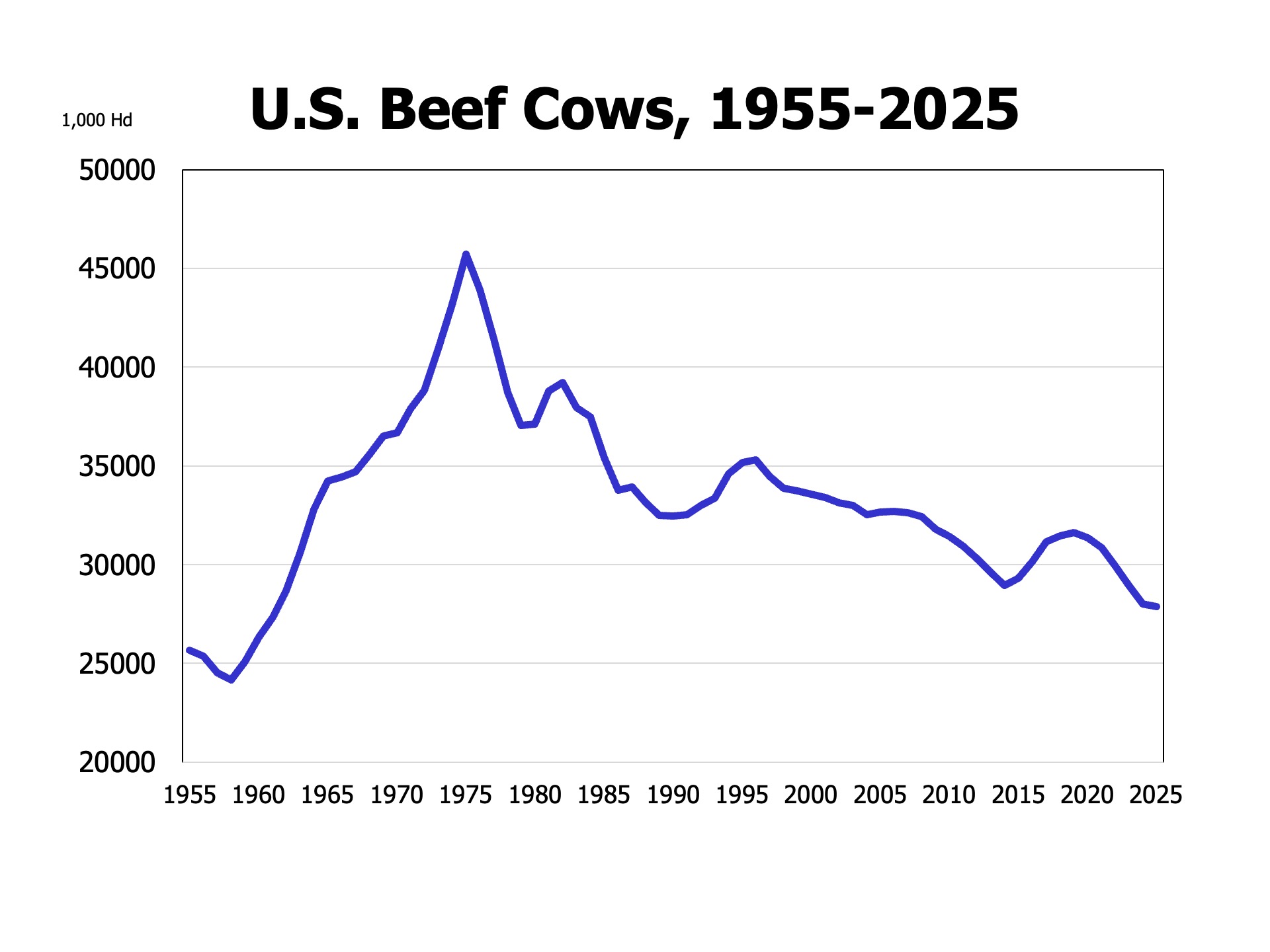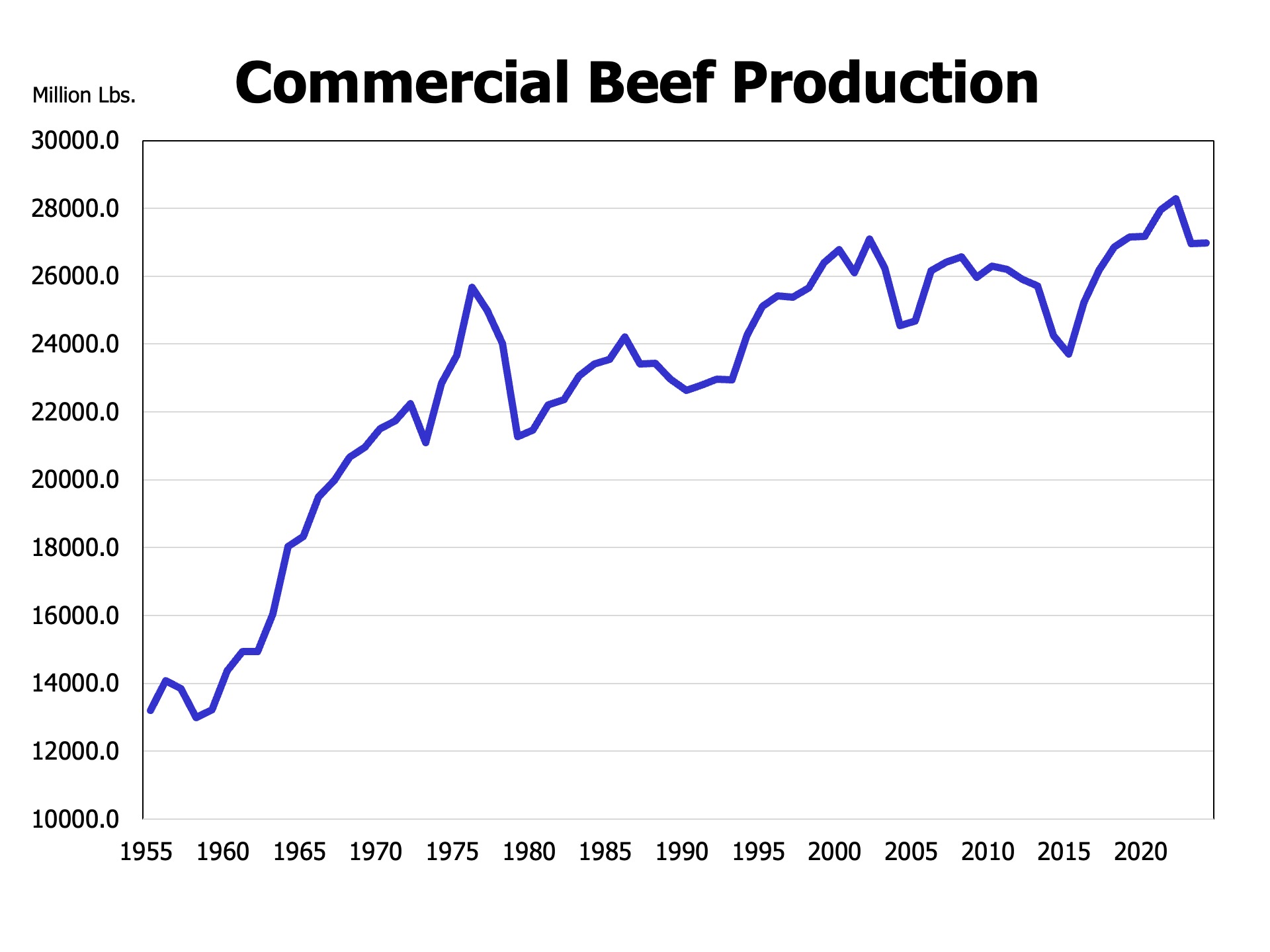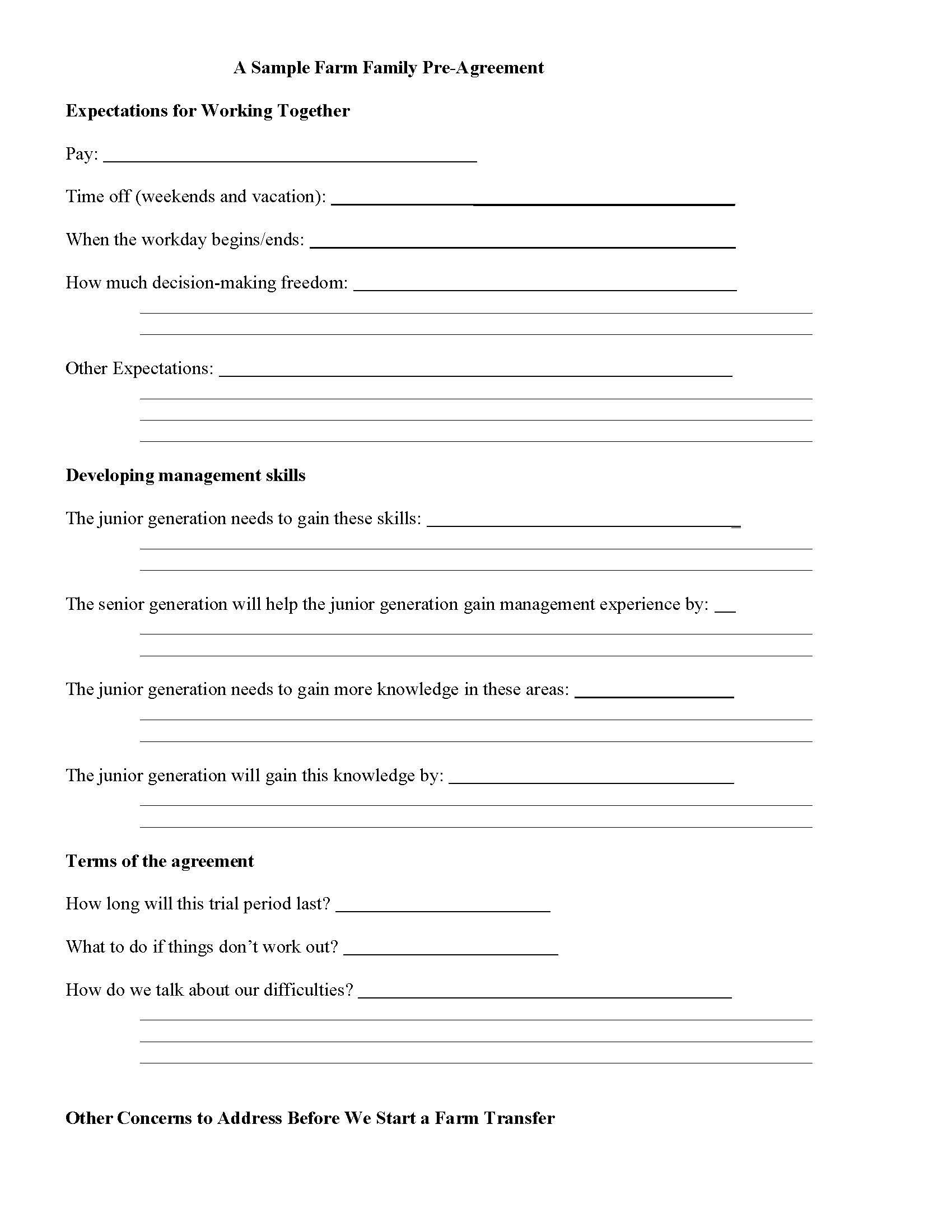In the first quarter of 2025, state legislatures across the United States have proposed bills regulating cell-cultured meat, including both labeling requirements and sales restrictions. Cell-cultured meat, also known as “lab-grown meat” or even “fake meat”, is produced by cultivating animal cells in a controlled environment, offering a potential alternative to traditional livestock farming.
Federal Oversight and Labeling
At the federal level, the regulation of cell-cultured meat involves both the U.S. Department of Agriculture (USDA) and the Food and Drug Administration (FDA). FDA oversees the pre-harvest production phase, while the USDA’s Food Safety and Inspection Service (FSIS) manages post-harvest processing, packaging, and labeling. In 2023, FSIS authorized the sale of cell-cultured chicken produced by two California startups, marking the first-ever approval by the federal agency. The products were sold in a limited capacity though a few restaurants shortly after that approval, but are not commercially available at this time.
Recent State-Level Legislative Actions
- Mississippi: In March, Mississippi became the third state to prohibit the manufacture, sale, or distribution of lab-grown meat. Violations of this law are classified as misdemeanors, carrying penalties of fines up to $500 and/or imprisonment for up to three months. Further, retail food establishments may lose their licenses if they sell or distribute the products. The Mississippi law will go into effect on July 1, 2025. This legislation aligns with similar bans enacted by Florida and Alabama in 2024. More information about the Florida and Alabama laws is available here.
- South Dakota: HB 1022 allows for the sale of cell cultured meat products, but requires additional language (either “cell-cultured” or “lab grown”) on the label. It was signed into law in February. HB 1118, also enacted in 2025, prohibits the use of any state funds in connection with the research, production, promotion, sale, or distribution of cell-cultured meat within the state, but does not apply to any institution under the control of the South Dakota Board of Regents.
- Utah: HB 138 is also a labeling law, requiring additional verbiage for “cultivated meat product[s]” or “plant or insect based meat substitute[s]” that are “reasonably certain to notify a consumer” that the food contains those ingredients. It was signed into law in March.
- Georgia: House Bill 201, like MS, FL, and AL, would prohibit the sale of cell cultured meat within the state. It is currently in committee. House Bill 163 would allow for the sale of both “cell cultured meat” and “plant based meat alternative” products, but would impose requirements on food service establishments that required additional disclosures that those products are not “conventional meat products.” It has made it through the House and is pending in the Senate.
- South Carolina: Senate Bill 103 would prohibit labeling of cell cultured products as “beef, poultry, fish, crustacean, or any other animal protein that the cell-cultivated food product may resemble. Additionally, the label must state that “[t]his product contains protein that was developed in a lab and grown from a biopsy of animal cells. The protein in this product is not naturally grown beef, poultry, fish, crustacean, or any other animal protein.” The bill is currently with the Agricultural Committee.
- Oklahoma: HB 2829 has passed the House and is currently pending in the Senate. It would make it unlawful to “manufacture, sell, hold or offer for sale, or distribute any cultivated meat product”. However, it would allow research on the development of those products to be conducted in the state. There are also two additional bills that originated in and are pending in the Oklahoma Senate, both of which would impact the labeling of cell cultured products. SB 96 would apply the labeling restrictions to both cell-cultured and “insect-protein food products”. While SB 22 focuses only on cell-cultured products, in addition to the labeling restrictions it would prohibit the manufacture of those products within the state.
- Other states, including Colorado, Illinois, Indiana and Wyoming, have also proposed bills on this topic this year.
While the products are not currently available to the United States consumer, legislative attention is certainly focused on how- and whether- they should be in the future. As the market continues to evolve, an ongoing dialogue among federal and state lawmakers, industry stakeholders, and consumer advocacy groups will be crucial to establishing a framework that balances all interests.
Rumley, Elizabeth. “A Steak by Any Other Name: How States Are Shaping the Future of Cultivated Meat.” Southern Ag Today 5(15.5). April 11, 2025. Permalink
